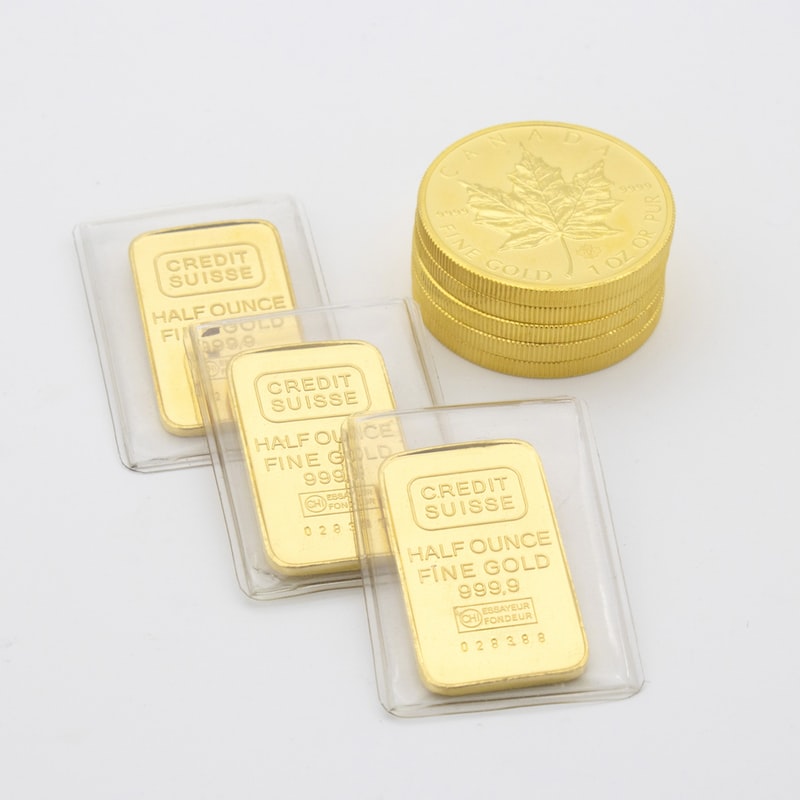Gold has been used as long as there has been civilization. It was one of the first metals, if not the first, to be used by mankind. It has several unique properties.
It does not corrode or react chemically, except in very special conditions. It is an excellent electrical conductor and it can be hammered into thin sheets.
In the old days it was found in pure form in nature, but today it is found in low concentration ore gold mines.
The first use of gold was probably as jewelery, but it soon became used as money and a store of value.
Currently, there are almost no money based on gold left, but before the seventies, there have been no periods in history when money has not been based on gold at least somewhere in the world.
In fact, the periods in history where gold or other valuable metals have not formed the basis of every monetary system have usually been very short and have always ended with monetary collapses.
Today, the main use of gold is in jewelry and to some extent in electronics. It is also used as a balance sheet asset by many central banks, but for several years, the amount of gold held by western central banks have decreased each year.
Lately, however, China and Russia have been rumoured to buy gold.
The investment demand for physical gold has been low, partly because of the fact that paper transactions on futures exchanges have provided a good proxy for physical gold ownership, and partly because the price has moved steadily down.
There are two primary sources of gold supply – mining and central bank vaults. At current prices, most mines are not profitable and mining supply is wholly inadequate to fill the demand.
The remaining gold has been provided by central banks, partly by outright sales and partly by lending. This so called gold leasing is probably the most controversial issues in the gold world.
It is not known how much gold has been leased by central banks. The amount can be estimated as a differential between demand and other forms of supply, but it is a very difficult calculation.
Numbers from 5000, to 20000 tons of gold have been estimated based on the same sources of information. What is clear, is that many years of future gold production have been borrowed and sold into the market.
The reason for central bank sales and gold leasing is also unclear. Leased gold earns an interest for the central banks, but this lease rate is low compared to the interest rate that can be obtained in the bond market.
This has reportedly given rise to the gold carry trade, similar to the yen carry trade, where speculators lease gold and sell it into the market. The proceeds are invested in bonds or treasuries.
There is also a less speculative form of gold leasing, where it is used for hedging by gold producers. The gold producers sell the leased gold into the market and return the gold out of future production.
One reason that the gold leasing is controversial is that it seems very hard for the central banks to actually get their gold back.
If the gold where to be returned, several years of production would have to be used solely for this purpose, leaving nothing for consumption.
Conspiracy theorists have suggested that the central bank gold leasing is actually a covert sale, with the purpose of keeping faith in the paper money system.
Gold is in great demand in Asia, where it is primarily used for jewellery. The jewellery is also considered a form of saving for future times.
In the west, the public picture of gold is that of large rooms in Forth Knox filled with gold bars, as in the movie Goldfinger.

